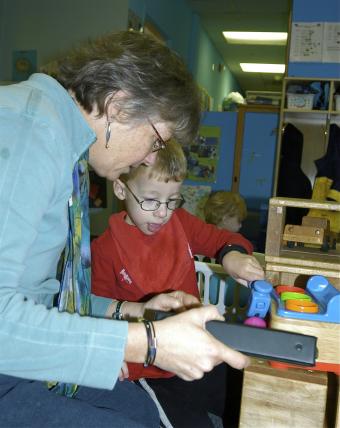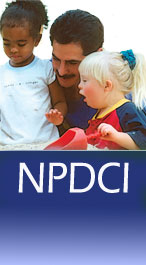Scaffolding Strategies

Scaffolding Strategies
Scaffolding strategies are structured, targeted approaches that can be used with children who require more intensive supports across a wide variety of teaching and learning contexts, and in combination with other approaches. Scaffolding strategies include modeling, response prompting, variations of prompting and modeling, peer supports, and corrective feedback.
This landing pad highlights research, policies, and position statements (Why Do It?), print materials (Read All About It), videos and DVDs (See for Yourself), and web resources (Find It Online) to support the acquisition and application of information related to this evidence-based practice.
Click on [more] to discover additional resources in each category. Click [here] to download the landing pad resources as a document.
Why Do It?
- Division for Early Childhood (DEC). (2007). Promoting positive outcomes for children with disabilities: Recommendations for curriculum, assessment, and program evaluation
- Overton, S. (2011). Peer relationships as support for children with disabilities: An analysis of mothers' goals and indicators for friendship. http://foa.sagepub.com/content/17/1/11.refs
Read All About It
- Campbell, P. H., Milbourne, S. A., & Kennedy, A. A. (2012). CARA’s kit for toddlers: Creating adaptations for routines and activities. Baltimore: Paul Brookes.
- CONNECT Module 1: Embedded Interventions
http://community.fpg.unc.edu/connect-modules/learners/module-1/introduction
See for Yourself
- CONNECT Module 1: Embedded Interventions
http://community.fpg.unc.edu/connect-modules/learners/module-1/introduction
- Greenberg, J. (2002). Learning language and loving it: The teaching tape and user’s guide. Toronto, Canada: The Hanen Centre.
Find It Online
- Center for Early Literacy Practice Guides with Adaptations http://www.earlyliteracylearning.org/pg_tier2.php
- CONNECT Module 1: Embedded Interventions
http://community.fpg.unc.edu/connect-modules/learners/module-1/introduction

